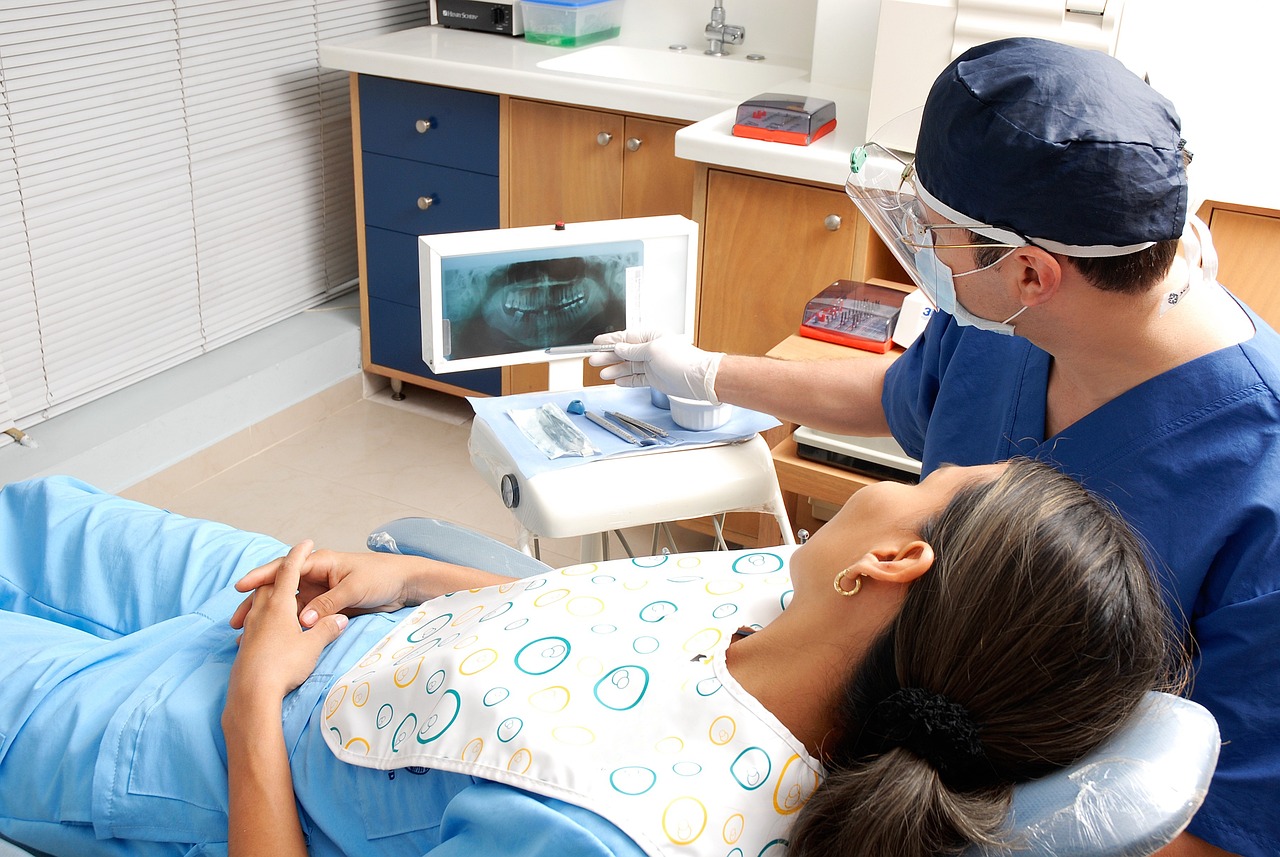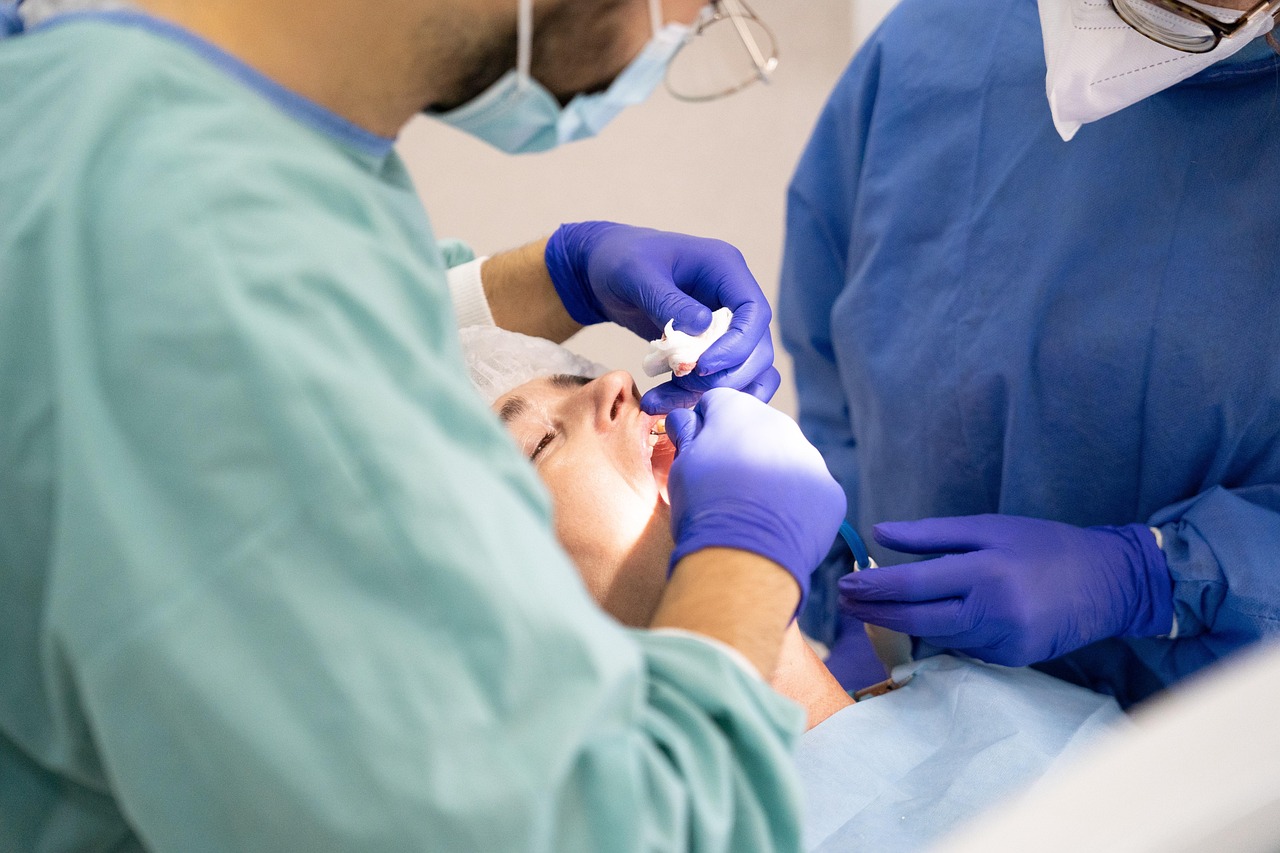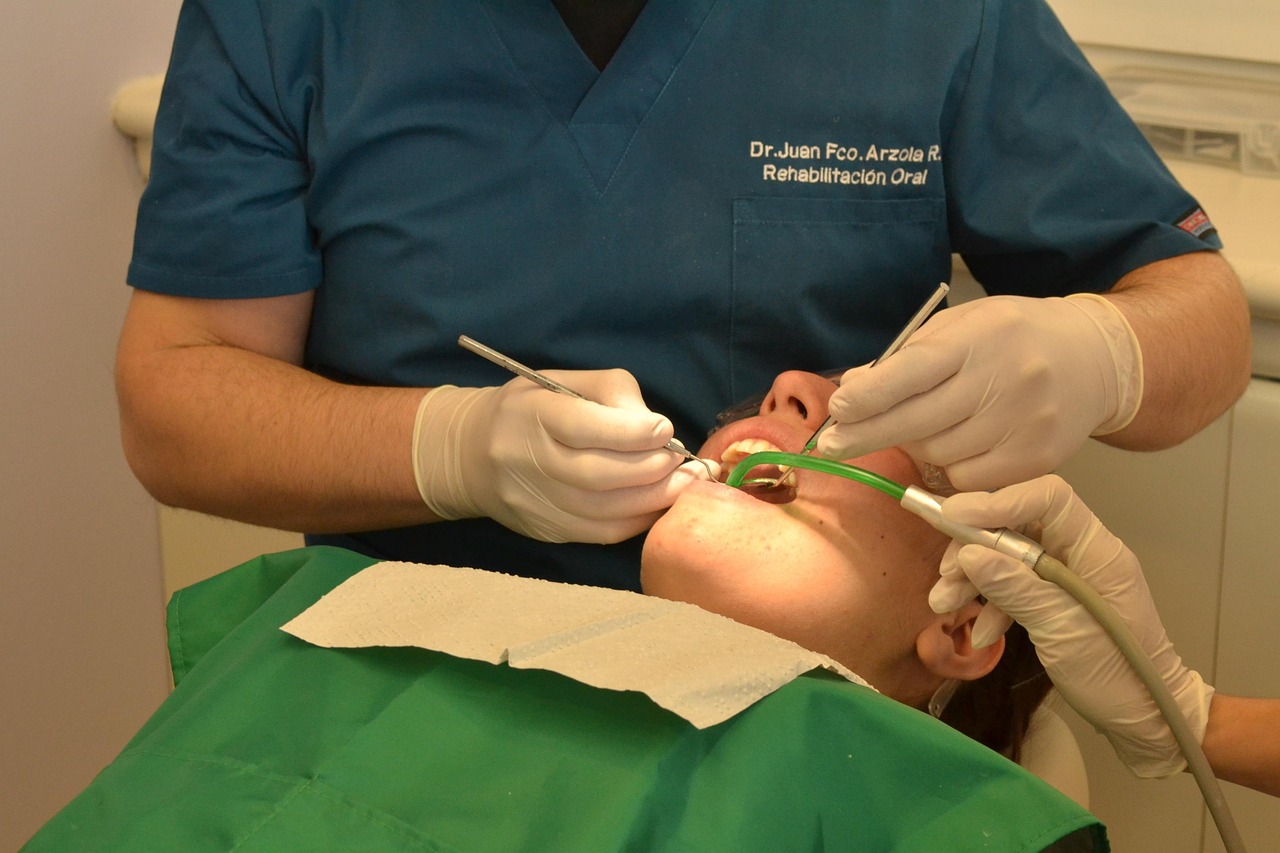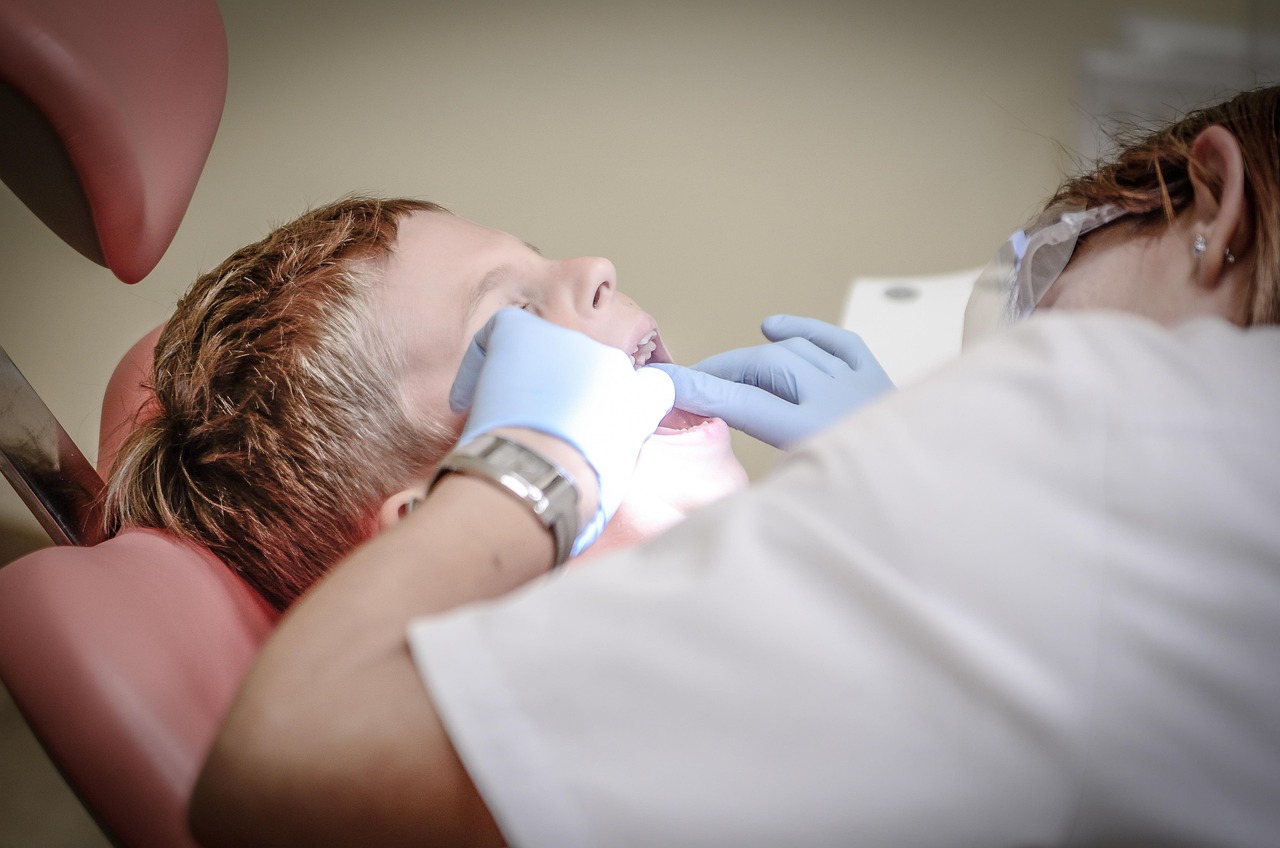TL;DR
- Retrieve the crown and keep it clean and dry in a small container
- Use temporary dental cement from a pharmacy; avoid superglue
- Protect exposed tooth surfaces from hot/cold and chewing
- Book an emergency dentist ASAP to prevent fracture or infection
A lost filling or crown can make a tooth very sensitive and vulnerable to fracture. The goal is to protect the tooth and avoid further damage until an emergency dentist can secure a proper repair.
1. Find and Inspect the Restoration
- Crown: If intact, store it in a clean container. Don’t wash with soap or alcohol.
- Filling: Keep any fragment but expect a replacement rather than reuse.
2. Immediate Protection
- Avoid biting/chewing on that side.
- Limit very hot/cold foods and sugary drinks to reduce sensitivity.
- If the crown seats easily, you may use temporary dental cement (pharmacy kit) per instructions. Do not use superglue.
3. When to Avoid Temporary Recementation
- If seating is painful or the fit feels “off”.
- If you suspect decay, cracks, or swollen gums blocking re-seat.
- If there’s a post inside the crown or complex bridgework—seek professional care.
4. What an Emergency Dentist May Do
- Clean and recement the crown if fit is good.
- Replace the filling with composite or plan a crown if fracture is extensive.
- If decay or fractures are present, treat the underlying issue first.
5. Prevention
- Address grinding/clenching (night guard).
- Avoid sticky/hard foods that can dislodge restorations.
- Keep up with routine checkups to spot edge gaps early.
Conclusion
Temporary fixes protect the tooth briefly, but only a dentist can provide a durable solution. Schedule an emergency visit promptly to avoid fractures and nerve irritation.



